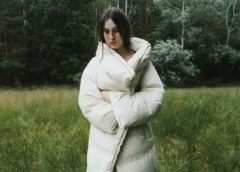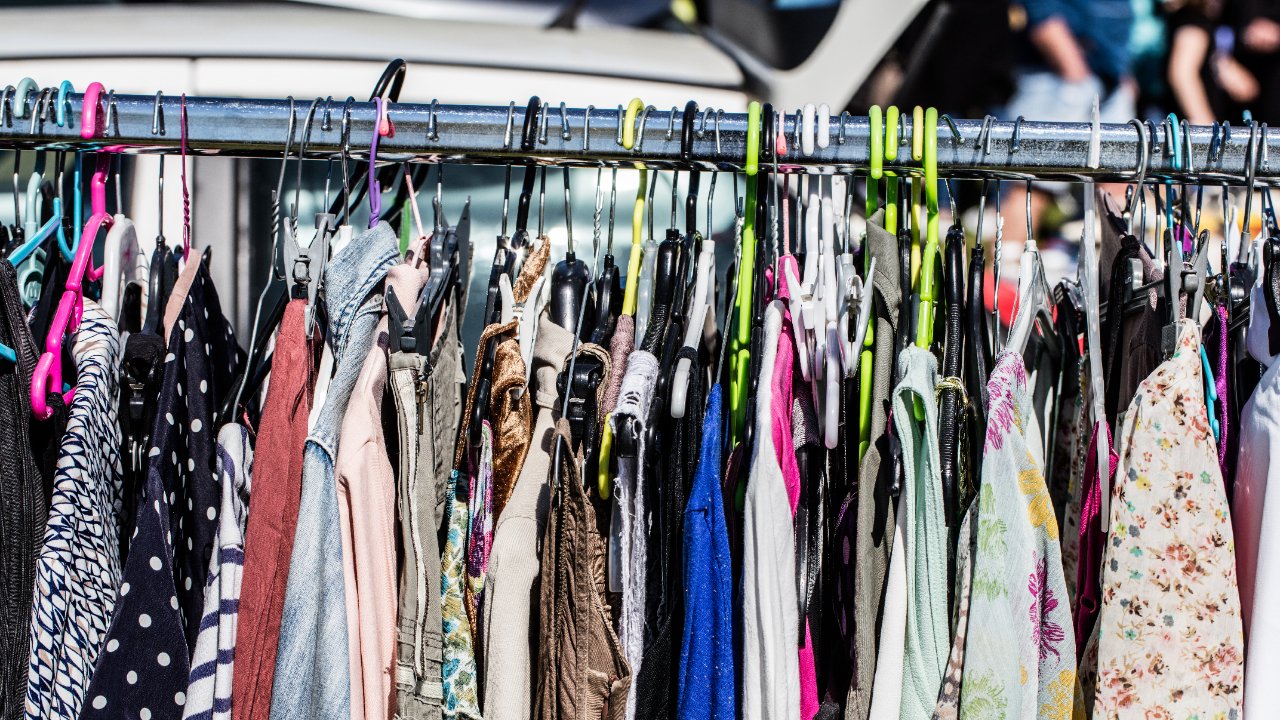
The new exhibition mining fashion’s relationship with queer outcasts
[ad_1]
Queering Fashion bridges criticism, film, and literature
At this point, the internet has created a lens for absolutely everything to be breathlessly analysed. Over the last few years, the hot-take economy has given way to a new wave of cultural critics. Thinkfluencers, podcasters, and video essayists who produce nuanced and in-depth, timely explainers on visual trends and pop culture phenomena. From BreadTubeto The futurist of TikTokto the girls of Nymphet Alumniyoung people are consuming this kind of stuff as ambient entertainment, bridging the gap between academia and leisure, literature and content. And as a result, criticism as we know it has become decentralised, bubbling-up through individuals with access to social media.
That desire for critical integrity is something Elise By Olsen, the founder of the chin-strokey Wallet knows well. “I think culture should always be open and accessible for those who seek it. But I’ve always been driven toward reorienting media and publishing toward the written word,” she says. At just 13, she became the editor-in-chief of youth culture magazine Recentand she is now a co-publisher of Viscose Journalwhich positions itself as a magazine for “fashion people who read”. A provocative tagline, perhaps, but By Olsen doesn’t see this as intellectual snobbery. “Frankly, not many people do read anymore. It’s about quality. Writing and publishing takes time and absorbs all of your attention. I believe in this generosity.” Her latest project, the International Library of Fashion Research, will provide a physical space in Oslo to further explore fashion as a cultural artefact.
“Fashion rarely receives the thorough study it deserves. There is a need for intellectual enterprise, new narratives and a healthy collective environment to interact with the actual production and positioning of fashion,” she says. Founded on 5,000 books, magazines, show invitations, illustrations, and ephemera, the bulk of the library was handed over to By Olsen when her mentor – the cultural theorist Steven Mark Klein – passed away last year. And though it doesn’t formally open until October, the library is now debuting its first satellite exhibition, Queering Fashionheld in conjunction with the National Museum of Norway. “Fashion has occupied a central position when it comes to negotiating shifting gender roles and this will open an important conversation on inclusion and exclusion. What’s in and what’s out? Who’s in and who’s out? The history of fashion is prone to outcasts becoming insiders. Archaeologically, most of our reference points didn’t ‘belong’ – and many institutions were made by these same outcasts, too, based on a certain set of frustrations or omissions.”
Accompanied by an extensive reading list, the project has manifested as a one-off publication, a film, an outdoor exhibition, and a reading space at Printed Matter in New York. Works that scrutinise the relationship between fashion and ‘the grotesque’ in an age when being queer is not exlcusive to marginalisation. Throughout its offshoots, “outsider artists and key figures from a young and progressive international underground scene were invited to delve into concepts of queerness via fashion, if not queerness of fashion.” One such artist is Lengua – who came-up as a member of Shayne Oliver’s Anonymous Club – who uses film and photography to speculate on their own relationship with queerness, travelling through their upbringing in the Canary Islands and the sexualisation of Mother Earth. “The word ‘queer’ has been numbed, it’s like we’re chewing on nothing,” they say. “So we wanted to use fashion as a vehicle to carry the narrative of the film and to ‘decentre’ it all from any given time or a space, while each character gets to claim a monopoly on their own identity.”

It’s easy to theorise queerness but this kind of work acknowledges that even a kiss – or the way in which someone holds a gaze – is an embodied form of archiving. “The choreography is key to the language of the film, how they stare and look at each other closely is an exercise in memory and an effort not to forget,” Lengua says. Those words take on further heft knowing that launch of the project was occasioned by a mass shooting at one of Oslo’s legendary gay bars, some 50 years after homosexuality was decriminalised in the country. “It shows how you can never divorce celebration from its critical incentive,” By Olsen adds, wary of the difficulties of academising queer culture when it has always operated outside the confines of nationalised institutions. “It all boils down to money, which is not inherently bad, it just depends on what you do with it. Our agreement with the National Museum reasserts the library’s purpose to defend critical engagement in fashion, and to build an openly accessible free resource for everyone,” she says. “Outsiders and insiders.”
[ad_2]
Source link


